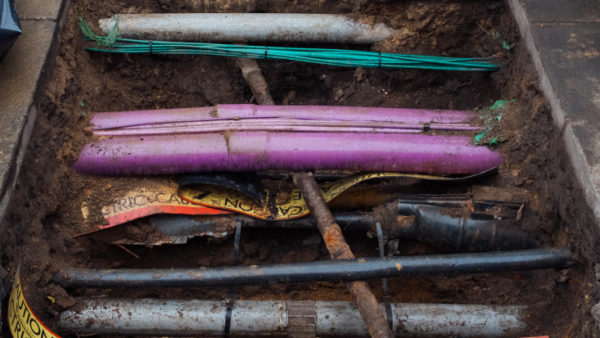Aecom has developed a new service, based on Bluesky’s Tree Map of the UK, allowing for early assessment of arboricultural issues on development sites.
Using an in-house database of surveyed trees, Aecom has developed a unique methodology for determining the likely extent of a tree’s Root Protection Area (the notional extent of tree roots essential for tree health and function and a key spatial constraint in relation to existing trees).
When combined with the Bluesky tree data, the findings are being used to assess very large or inaccessible sites, inform design choices and allow reduced, targeted detailed tree surveys to BS 5837, saving time and cost.
The site assessment methodology has already been successfully applied by Aecom on multiple large-scale projects, including major road schemes, large-scale residential masterplans and regional utility infrastructure projects.
“Responding to challenging projects, our team has developed an innovative service that uses Bluesky’s National Tree Map data to provide an assessment of the likely spatial constraints posed by existing trees within areas proposed for development,” said Andy Wakefield, associate director (arboriculture and forestry), at Aecom. “This has proven to be invaluable for large projects and inaccessible sites with the key benefit of ensuring that trees are considered early in the design process.”
Aecom has developed a methodology to attribute approximate Root Protection Areas for defined tree height ranges, drawing on an extensive database of more than 20,000 trees surveyed in accordance with BS 5837:2012, the British Standard for trees in relation to construction.
The Bluesky National Tree Map data is then processed to generate notional buffer zones for each individual tree and tree groups based on height. The Bluesky National Tree Map data is a nationwide database detailing the location, height and canopy cover of more than 300 million trees.
Together with other available data and information, such as Tree Preservation Orders, Conservation Areas, existing survey data and observations made by on-site and desk-based assessments, these datasets form the basis for High Level Tree Constraint Plans. In conjunction with supporting reports, these plans help to inform design choices and identify areas of potential conflict where further detailed on-site survey is required.
Aecom designs, builds, finances and operates infrastructure assets in more than 150 countries. The business has global arboricultural and forestry expertise and the UK team offers a full range of tree assessment and management services with a focus on managing trees as assets and providing pragmatic solution driven advice.













